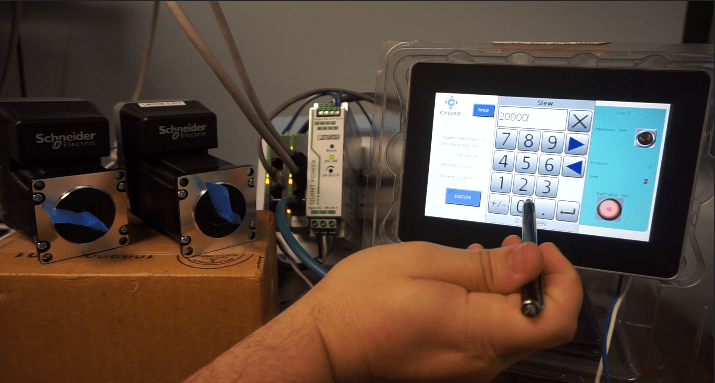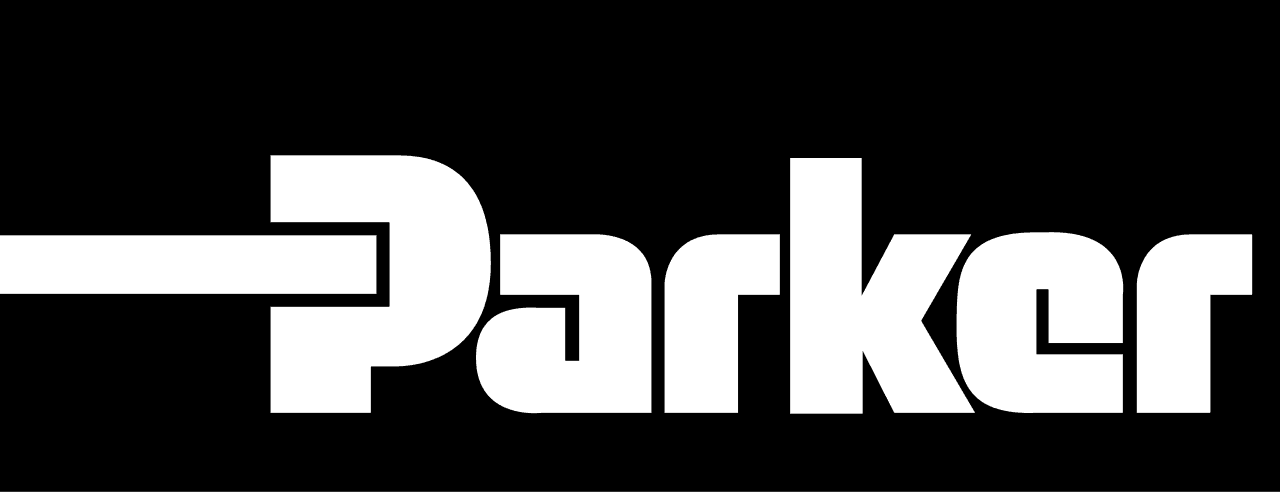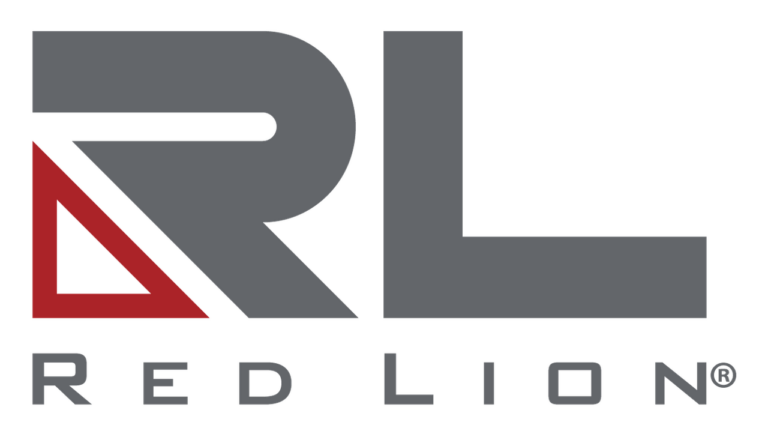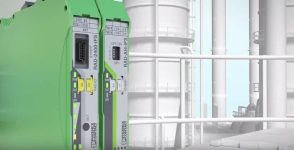Industrial HMIs
Top-Rated Industrial HMIs for Automation Processes
Industrial Human-Machine Interfaces, or Industrial HMIs, are exactly what they sound like. They typically consist of dedicated PC hardware with a touch screen that is used to allow operators to better interact with the process of an automated machine. The screens can range in size from 4” to 20” (diagonally) and come with a variety of different touch technologies. Sometimes called operator interfaces or operator panels, these devices were developed to replace traditional buttons, switches, and lamps that were at one time more prevalent.
So why use an industrial HMI instead of a button or switch? HMIs offer the user both a better experience interfacing with the machine as well as more information and feedback on the status of the machine and/or process. It also allows for quick and easy changes to be made to the system to adapt to changing processes. HMIs are more user-friendly, and can help you reduce the risk of operator error in your process as well as the risk of downtime. This is because the feedback provided on the screen can give the operator insight that may help prevent equipment failure.
We offer HMIs from a number of top-rated brands. Let our experts help you find the right HMI for your application. Contact us today!
Why Use An Industrial HMI In Your Manufacturing Process?
HMIs are computer-based systems that allow users to interact directly with industrial processes and the machines that control them. They are typically made of a touch screen display, a processor, and input/output (I/O) devices. HMIs are widely used in many different industries such as manufacturing, automation, and healthcare.
Human-machine interfaces can be utilized to improve the efficiency of production processes by providing operators with real-time analytics and feedback on the status of individual machines, groups of machines, and processes as a whole. This information can be invaluable in identifying potential problems before they arise. Which translates to lower downtime and production stoppages.
HMIs are also able to improve safety by providing operators with a means of controlling both machines and processes remotely, thus reducing the risk of accident and injury. Further, HMI devices are able to reduce costs over time by providing more effective and efficient means of operating machinery.
Increased efficiency
Greater safety
Long-term cost reduction
Improved production
Choosing the Right HMI for Your Application
When choosing the right HMI, there are a number of factors that have to be taken into account. Some of these factors include the size/complexity of the application, the number of I/O devices that are necessary, and what other features are required.
That’s why it’s so important to work with an expert when it comes to human-machine interfaces. At Cross, we’ll work directly with you to determine the right HMI for your application and your automation.
Application Complexity
The complexity of your production process plays a major role in determining the right HMI set-up
Number of I/O Devices
The number of input/output devices also makes a major difference in determining the scope of HMIs
Needed Features
Many HMI systems need to be customized based on the industrial application. We can help with that
Features of HMIs for Industrial Automation and Manufacturing
There are many features of industrial HMIs allowing users and operators to efficiently interact with automation systems. Some of those features include
Touch screen displays – HMIs typically have a touch screen display that allows operators or maintenance to directly interact with automation equipment.
Programmable logic controller (PNC) interface – HMIs can be connected to PLC systems to allow users greater control of processes and machines.
Data logging – HMIs can be used to log specific data from machines or automated processes. These analytics allow users to identify trends, troubleshoot problems, and improve overall efficiency.
Warning alarms – HMIs can be programmed to sound alarms and warnings to let operators or workers know if problems are occurring. This reduces downtime and maintenance costs over time as problems can be preemptively dealt with.

Why Cross Industrial HMIs?
As the manufacturing world becomes increasingly competitive, automation is no longer a luxury. It can even mean the difference between your operation and a close competitor’s. Robotics, motion control devices, and other automation equipment have become integral parts of many manufacturing processes. When integrated properly, industrial automation can increase throughput, productivity, and worker safety.
Whether you need to implement automation systems for the first time or you’re looking to upgrade an existing system, Cross can work with you to develop custom solutions. We have the industry partnerships, technical industrial expertise, and world-class customer service necessary to provide you with the precision motion control products and accessories your operation needs.
Contact a member of Cross Automation today to start the process and get the automation products, components, or accessories you’re looking for. And see for yourself why so many operations choose Cross as their single-source solution for industrial automation.

Related Machine Control Components
At Cross, we offer much more than just HMIs. We can also provide the products our OEM and other manufacturing partners need to succeed. Check out our other machine control products and see for yourself.







